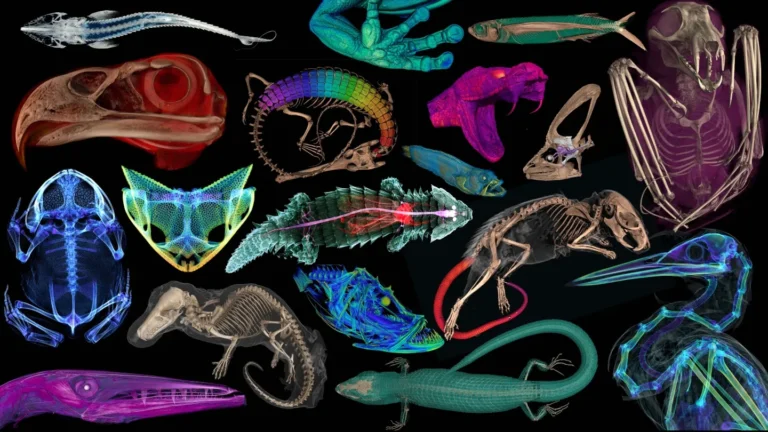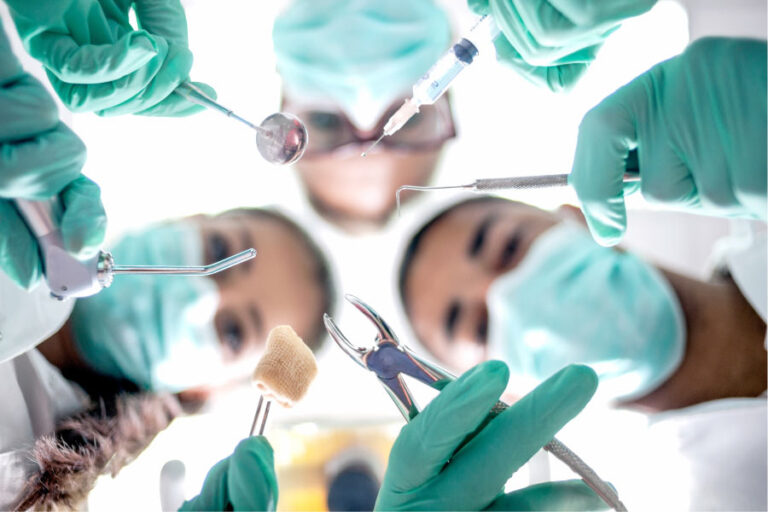Veterinarians are dedicated professionals who play a crucial role in the health and well-being of animals. Whether you have a beloved pet, work on a farm, or are involved in wildlife conservation, veterinarians are there to ensure that animals receive the best possible care. This article will explore the various aspects of being a veterinarian, including their responsibilities, education, specialties, challenges, and the impact they have on both animals and humans.
What Does a Veterinarian Do?
Veterinarians, often referred to as vets, are trained to diagnose and treat illnesses and injuries in animals. They provide a wide range of services, including:
1. Diagnosis and Treatment
Veterinarians are trained to recognize symptoms of various diseases and conditions in animals. They use a combination of physical examinations, diagnostic tests (such as blood tests and X-rays), and medical history to make informed decisions about the appropriate treatment.
1.1 Physical Examinations
During a physical exam, a veterinarian will check the animal’s overall health, including:
- Weight: Monitoring an animal’s weight can help identify potential health issues.
- Coat Condition: The condition of an animal’s fur or feathers can indicate its health.
- Eyes and Ears: Checking for any signs of infection or abnormalities.
1.2 Diagnostic Tests
Veterinarians often utilize various diagnostic tests to assess an animal’s health, including:
- Blood Tests: These tests can provide vital information about an animal’s organ function, immune response, and overall health.
- X-rays and Ultrasounds: Imaging techniques help veterinarians visualize internal structures and identify any abnormalities.
2. Preventive Care
One of the key roles of a veterinarian is to promote preventive care to ensure animals remain healthy. This includes:
- Vaccinations: Keeping pets up-to-date on vaccinations helps protect them from serious diseases.
- Parasite Control: Regular treatments for fleas, ticks, and worms can prevent infestations and associated health issues.
- Dental Care: Maintaining proper dental hygiene is essential for overall health.
3. Surgery
Veterinarians are trained to perform various surgical procedures, from routine spaying and neutering to more complex surgeries. Surgeons must have specialized skills and knowledge to ensure successful outcomes and minimize risks.
4. Emergency Care
Veterinarians are often on call to handle emergencies. This can include treating animals involved in accidents, managing acute illnesses, or responding to sudden changes in behavior or health.
5. Client Education
An essential part of a veterinarian’s role is to educate pet owners about their animals’ health needs. This can include:
- Nutritional Advice: Offering guidance on proper diets for different animal species and breeds.
- Behavioral Counseling: Providing tips for managing common behavioral issues.
- General Care Information: Sharing information on routine care, such as grooming and exercise.
The Path to Becoming a Veterinarian
Becoming a veterinarian requires significant education and training. Here are the typical steps one must take to pursue this career:
1. Undergraduate Education
The first step to becoming a veterinarian is completing a bachelor’s degree. While there is no specific major required, courses in biology, chemistry, physics, and animal science are highly recommended.
2. Veterinary School
After obtaining a bachelor’s degree, aspiring veterinarians must apply to an accredited veterinary school. Admission is competitive, and applicants are typically required to complete the Graduate Record Examination (GRE) and gain hands-on experience working with animals.
2.1 Curriculum
Veterinary school generally lasts four years and includes both classroom instruction and clinical experience. Students learn about:
- Anatomy and Physiology: Understanding animal body systems and functions.
- Pharmacology: Studying medications and their effects on animals.
- Microbiology: Learning about pathogens and diseases affecting animals.
3. Licensure
After graduating from veterinary school, candidates must pass the North American Veterinary Licensing Examination (NAVLE) to become licensed to practice veterinary medicine. Each state may have additional requirements, such as state-specific exams.
4. Specialization (Optional)
Veterinarians may choose to specialize in a specific area of veterinary medicine, such as:
- Emergency and Critical Care: Focusing on urgent and life-threatening conditions.
- Surgery: Specializing in surgical procedures.
- Internal Medicine: Concentrating on the diagnosis and treatment of internal diseases.
To specialize, veterinarians must complete additional training through internships and residency programs.
Types of Veterinarians
Veterinarians can work in various settings and specialize in different areas of animal care. Here are some common types of veterinarians:
1. Small Animal Veterinarians
These veterinarians primarily treat pets, such as dogs and cats. They work in private practices, providing routine care, emergency services, and surgeries.
2. Large Animal Veterinarians
Large animal vets focus on farm animals, such as cattle, horses, and pigs. They may work in rural settings, providing care for livestock, including preventive health care, vaccinations, and reproductive services.
3. Exotic Animal Veterinarians
This specialty involves caring for non-traditional pets, such as reptiles, birds, and small mammals. Exotic animal veterinarians must understand the unique needs and medical care required for these species.
4. Wildlife Veterinarians
Wildlife vets work with wild animals, often in conservation settings. They may be involved in rehabilitation, research, and disease management in wildlife populations.
5. Research Veterinarians
Some veterinarians choose to work in research, studying animal health and diseases. They may work in laboratories, universities, or pharmaceutical companies to develop new treatments and improve animal care.
The Impact of Veterinarians on Society
Veterinarians play a vital role not only in animal health but also in public health and society as a whole. Here are some of the key ways they contribute:
1. Public Health
Veterinarians help protect public health by monitoring and managing zoonotic diseases (diseases that can be transmitted between animals and humans). They work with public health organizations to track disease outbreaks and educate the public on prevention measures.
2. Food Safety
Veterinarians are essential in ensuring the safety of the food supply. They monitor the health of livestock, conduct inspections, and ensure that food products meet safety standards.
3. Conservation Efforts
Wildlife veterinarians contribute to conservation efforts by rehabilitating injured animals, studying wildlife populations, and implementing measures to protect endangered species.
4. Emotional Support
Pets play a significant role in many people’s lives, providing companionship and emotional support. Veterinarians help maintain the health and well-being of these animals, enhancing the quality of life for both pets and their owners.
Challenges Faced by Veterinarians
While being a veterinarian is a rewarding career, it also comes with its share of challenges:
1. Emotional Stress
Veterinarians often face emotionally challenging situations, such as euthanizing animals or dealing with severe illnesses. The emotional toll can lead to burnout and compassion fatigue.
2. Long Hours
Veterinarians often work long hours, including evenings, weekends, and on-call shifts. This demanding schedule can affect work-life balance and personal well-being.
3. Financial Considerations
Veterinary school can be expensive, leading to significant student debt. Many veterinarians face financial challenges, especially when starting their practices.
4. Client Expectations
Veterinarians must navigate the expectations and emotions of pet owners, which can sometimes lead to difficult conversations about treatment options and costs.
The Future of Veterinary Medicine
The field of veterinary medicine continues to evolve, driven by advancements in technology and changing societal needs. Some trends shaping the future of this profession include:
1. Telemedicine
The rise of telemedicine allows veterinarians to consult with clients remotely, making it easier for pet owners to access veterinary care without needing to visit the clinic in person.
2. Preventive Medicine
As awareness of preventive care grows, veterinarians are increasingly focusing on proactive health measures, including nutrition, behavior, and wellness programs.
3. Integrative Medicine
Integrative approaches that combine traditional veterinary medicine with alternative therapies (such as acupuncture and chiropractic care) are gaining popularity among pet owners.
4. Research and Innovation
Ongoing research and innovation in veterinary medicine will continue to improve diagnostic techniques, treatment options, and overall animal care.
Conclusion
Veterinarians are essential caregivers for animals, providing vital medical services, preventive care, and emotional support to both pets and their owners. The path to becoming a veterinarian is challenging but rewarding, offering opportunities to make a significant impact on animal health and public welfare. As the field evolves, veterinarians will continue to play a crucial role in ensuring the well-being of our furry friends and the health of our communities. Through their dedication, knowledge, and compassion, veterinarians help create a healthier and happier world for all living beings.












